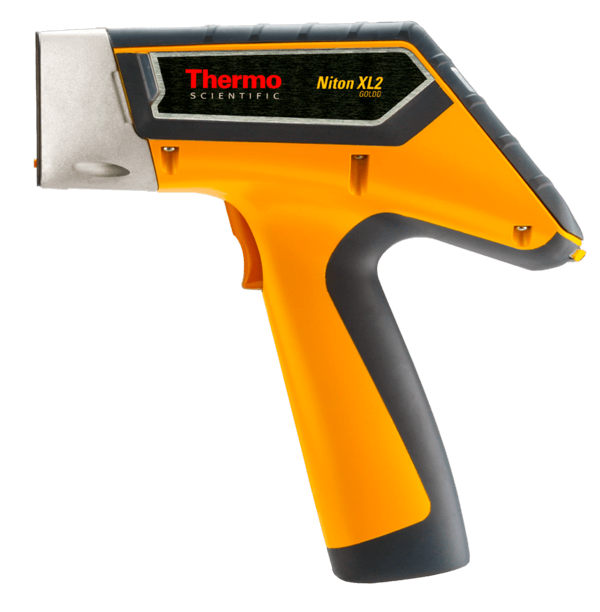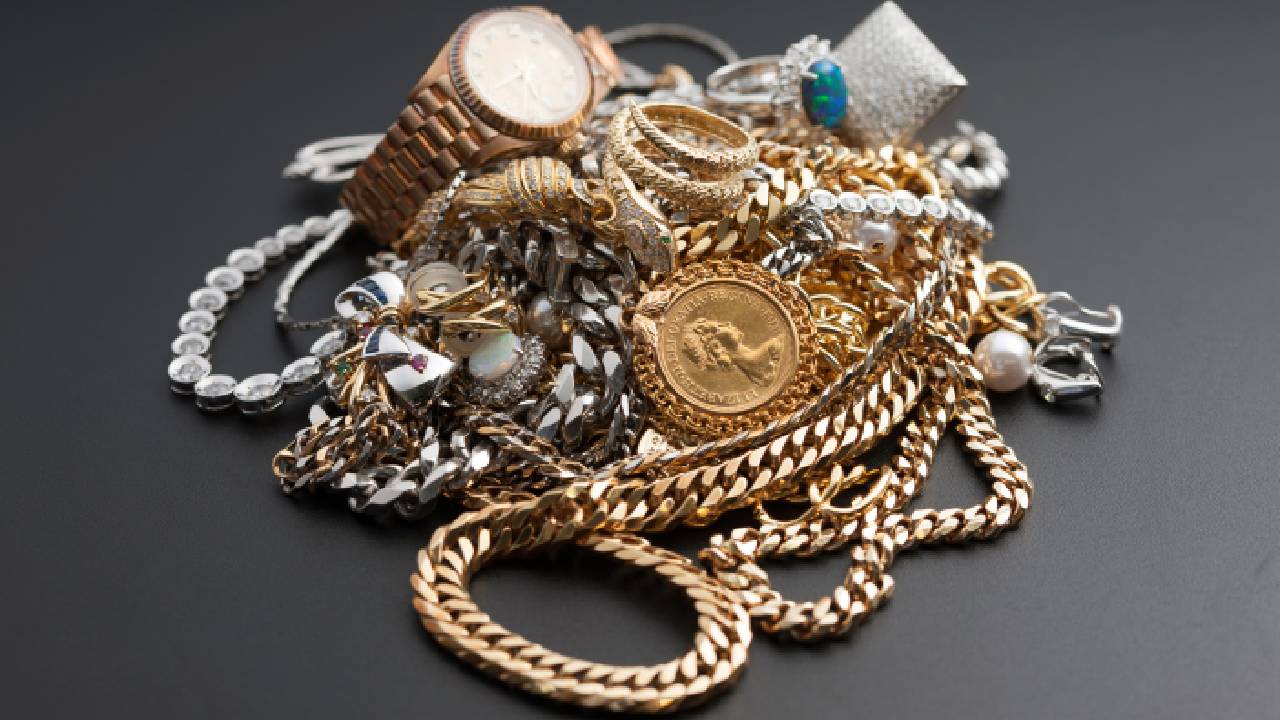Fool’s Gold: How XRF Precious Metal Testing Saves You From Being Swindled
Precious metals are, as the name would suggest, very expensive commodities. From jewellery to luxury household items, they are highly sought after and extremely rare.
The problem is, just like most naturally occurring metals and minerals, their quality depends on the purity of their composition. This means knowing the precise quality of what you’re buying is vital if you want to stay profitable in the precious metals industry.
Read on to learn how precious metal testing, specifically with X-ray fluorescence (XRF), can save you from being swindled.
What are Precious Metals?
Precious metals are elements that aren’t naturally abundant. As with most commodities, supply and demand affects the price. In this case, precious metals are extremely expensive because their supply is scarce while demand for them is high.
Specifically, the four main precious metals are:
- Gold
- Silver
- Platinum
- Palladium
Of these four, gold is the most recognisable and universally sought after, especially for its use in jewellery.
What is Precious Metal Testing?
Precious metal testing aims to identify the purity of an alleged precious metal sample. While a precious metal may look pure, most samples are alloys, meaning they are mixed with other elements or other precious metals.
For example, gold has five common alloys to be aware of:
- Fine gold – 99.9% pure gold
- Gold alloy – Gold mixed with other elements
- Yellow gold – silver alloy
- Rose gold – copper alloy
- White gold – palladium or nickel alloy
To accurately price these alloys, you need to know specifically how much gold is in the alloy. Otherwise, you may be paying for more gold than you are actually receiving. With the price of gold increasing, this isn’t a mistake you can afford.
Precious metal testing becomes even more important when you consider the gold is likely a part of an object, such as an inlay on a piece of jewellery. This makes it even more difficult to test without having to destroy the object by removing the gold component.
Which Technology is the Best for Precious Metal Testing?
With the stakes so high, you need to know that your precious metal testing solution is highly accurate and can provide instant results.
XRF is widely accepted in the industry as the best precious metal testing technology, especially because it doesn’t damage the sample.
Using an X-ray, it excites the sample and measures the fluorescence emitted by it. Each element creates a different type of emitted X-ray, which allows for detailed measurement of the composition of the sample. Only XRF can test quickly, precisely and non-destructively in such an intuitive and easy-to-use way.
Precious Metal Testing with XRF
XRF precious metal testing is big business and comes with many benefits.
Saves Your Money
One of the most common precious metal testing methods for gold is acid testing. But there are two major drawbacks that could cost you a lot of money.
Firstly, the acid tests are deemed ‘safe’ for the sample because they only damage it if it’s fake. But in pawnbroking or jewellery industries, just because a sample isn’t real doesn’t mean the object is worthless.
The owner may still like the item even if it doesn’t contain real gold. Or, it could contain a mixture of real and fake materials, like fake gold but real silver. By damaging the fake gold, you’ve now lowered the overall value of the item. The seller is not going to be happy and you’ll likely have to purchase the item or compensate them for the damage.
Thankfully, XRF is non-destructive. The part of the sample that is excited by the X-ray is so minuscule that it can’t be seen by the naked eye. This means you can confidently test any kind of sample without fear of damage.
The second issue is that acid testing isn’t as accurate as XRF. While it can tell you if gold is real or fake, true success in the precious metal industry comes from knowing the exact quantity and quality of the precious metals you buy and sell.
XRF tells you the precise composition of the sample, empowering you to be confident in your transactions.
Saves Your Time
XRF isn’t just the most accurate precious metal testing method – it’s also the fastest!
Acid testing requires you to scratch the surface of the sample and then carefully administer the acid. Because the acid is corrosive, you also need to wear protective gear and be in a controlled environment.
With XRF, the X-ray excites the sample in just seconds, giving you an extremely quick reading. The sample doesn’t need to be prepared, and you don’t have to take any precautions. Simply use your XRF device and get precise analysis on the spot.
It’s also worth mentioning that other testing methods like acid require you to go out and purchase testing kits. That’s an incredibly inefficient system if you are testing large quantities of precious metals on a daily basis. With XRF, you only need one device and it will last you for years.
Saves Your Reputation
Fast and accurate testing obviously increases your capacity to trade and the money you can make through trading, but there is also something else they improve – your reputation!
As technology improves, the industry expects you to improve with it. If you’re still using precious metal testing methods that require identification through sight, touch or torches, the commodities you sell are soon going to be scrutinised by people who are using XRF.
Buyers will become increasingly wary (if they aren’t already) of traders who don’t use advanced testing methods. If they are using XRF and you aren’t, the discrepancies between their analysis and yours will become too glaring to ignore.
The Niton XL2 Precious Metal Analyser

So, you’re convinced of the power of XRF technology for precious metal testing, but you aren’t sure which tool to use?
Well, the answer is simple.
The Niton XL2 Precious Metal Analyser is the class leading portable XRF analyser that combines powerful analysis with ease of use.
Its point and shoot simplicity means you simply have to press it against the sample and hold the trigger; no costly sample preparation required.
It is programmed with a detection limit of 25 elements ranging from Sulphur (S) to Uranium (U), and is especially designed using Thermo Scientific AuDIT™ gold-plating detection technology. This makes it ideal for retail scenarios where objects with gold plating are regularly passed off as solid gold.
With the Niton XL2 Precious Metal Analyser, never get swindled again!
Portable Analytical Solutions (PAS) is a proud distributor of Niton products, including the XL2. To purchase or rent an XRF device and take your precious metal testing to the next level, get in touch today.
For information on other industries and technologies serviced by PAS, visit our website.
